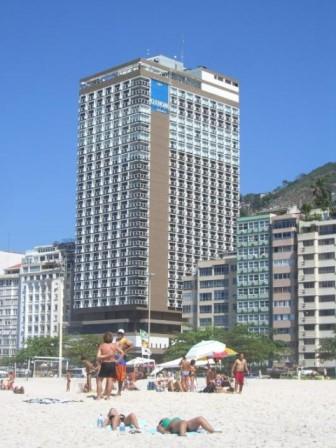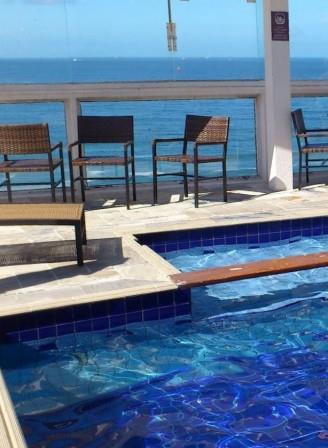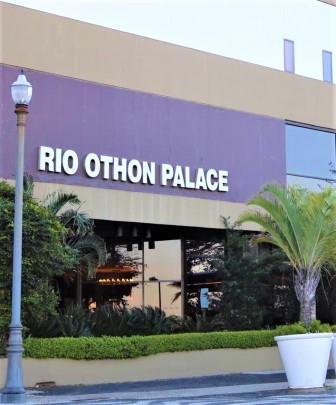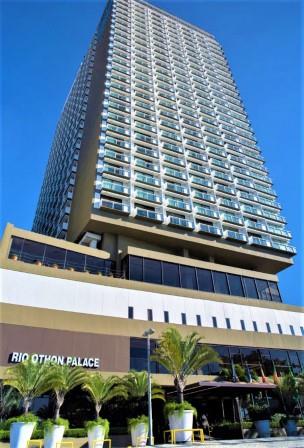ORALS
SESSION: ElectrochemistryTueAM-R2
| Amatore International Symposium on Electrochemistry for Sustainable Development |
| Tue Nov, 6 2018 / Room: Copacabana B (150/1st) | |
| Session Chairs: Tsuyoshi Hoshino; Session Monitor: TBA |
12:35: [ElectrochemistryTueAM04] Invited
Lithium Recycling from Used Li-ion Batteries using Innovative Electrodialysis with Lithium Ionic conductor Tsuyoshi
Hoshino1 ;
1Rokkasho Fusion Energy Research Centre, Rokkasho-mura, Kamikita-gun, Japan;
Paper Id: 100
[Abstract] In recent years, the industrial importance of lithium (Li) has increased due to its use in Li-ion batteries. Previously, the author had developed a method for the recovery of Li from seawater using a Li ionic superconductor functioning as a Li-ion separation membrane (LISM). In this method, only Li ions were successfully recovered from seawater through the LISM. Consequently, the author then developed a new innovative method for recycling Li from used Li-ion batteries using the LISM.
This innovative method involves the use of an LISM, whereby only Li ions in a solution of used Li-ion batteries permeate from the positive electrode side to the negative electrode side during electrodialysis; the other ions, including Co, Al, and F, do not permeate the membrane. Li<sub>0.29</sub>La<sub>0.57</sub>TiO<sub>3</sub> was selected as the LISM. The positive side of the dialysis cell was filled with used Li-ion battery solution. Then the negative side was filled with distilled water. The applied dialysis voltage was 5 V, and electrode area was 16 cm2. The Li recovery ratio increased with electrodialysis time. Subsequently, Co, Al, and F were not permeated.
After electrodialysis, CO<sub>2</sub> gas was bubbled in the Li recovery water to produce lithium carbonate (Li<sub>2</sub>CO<sub>3</sub>) as a raw material for Li-ion batteries. The Li<sub>2</sub>CO<sub>3</sub> deposition was easily generated by the reaction of CO<sub>2</sub> gas and the Li recovery solution as a lithium hydroxide (LiOH) solution.
This new method for recycling Li-ion batteries shows good energy efficiency and is easily scalable. Thus, this electrodialysis method is suitable for the recovery of Li from used Li-ion batteries.
References:
[1] T. Hoshino, Desalination, 359, 59-63 (2015).
13:00 LUNCH



















